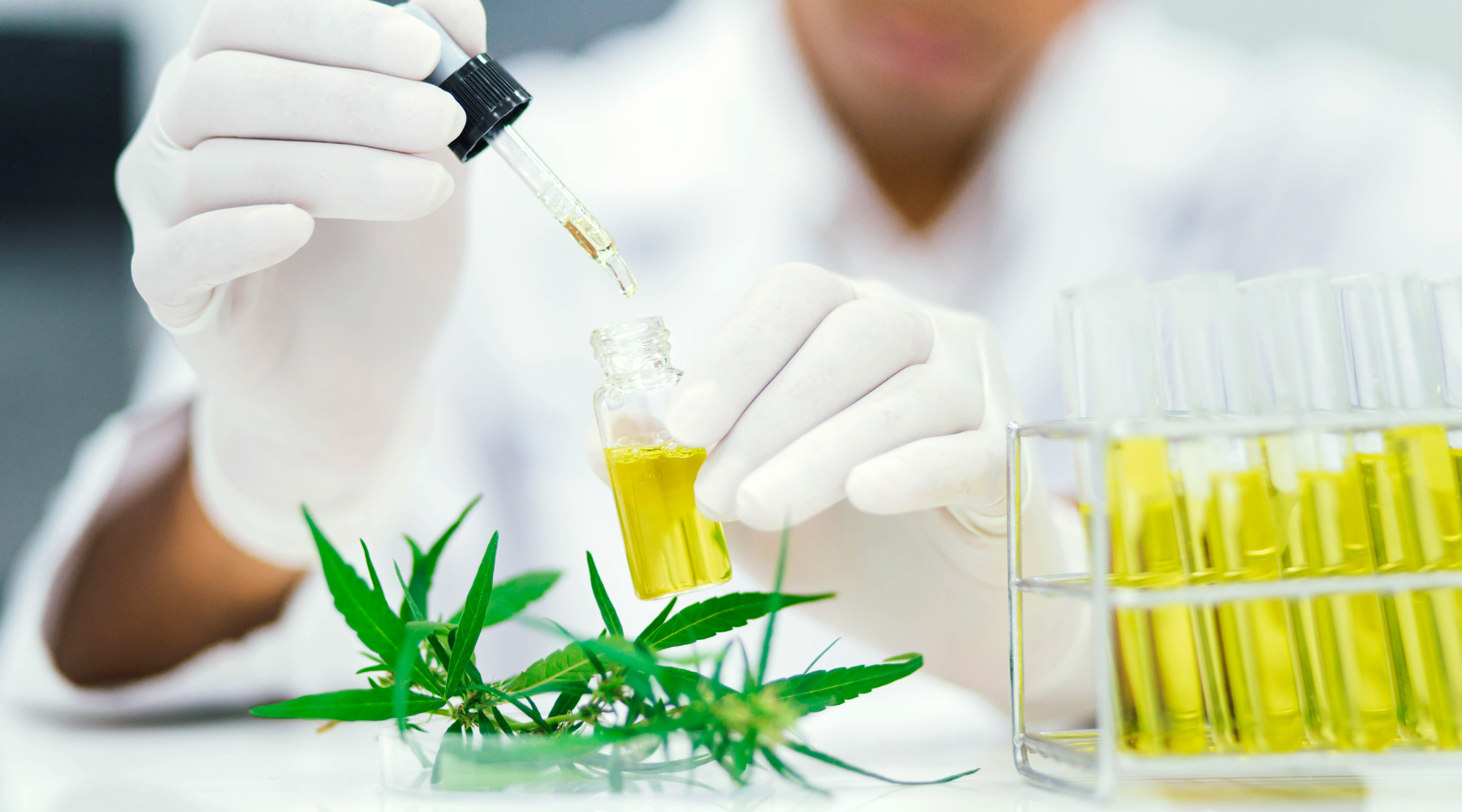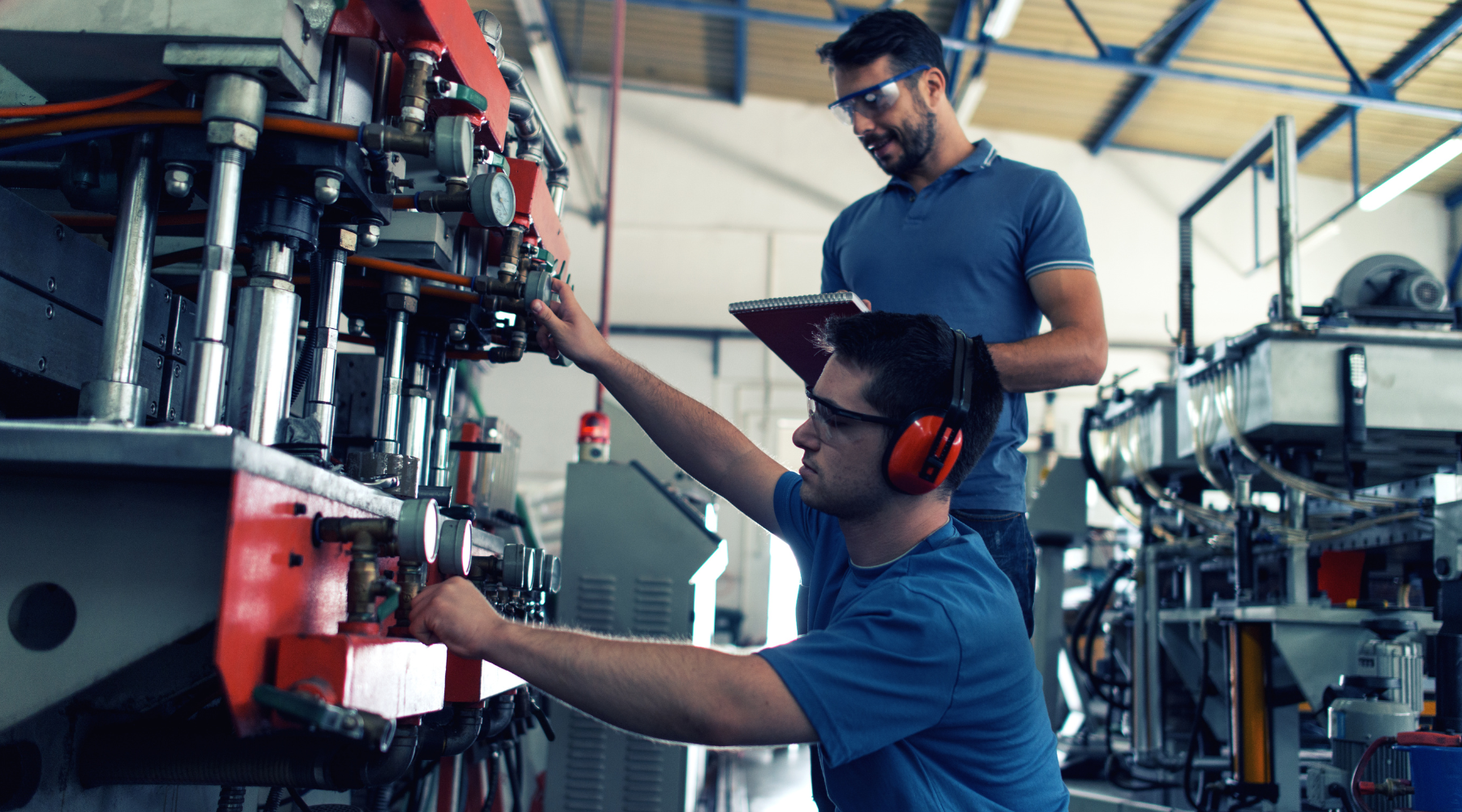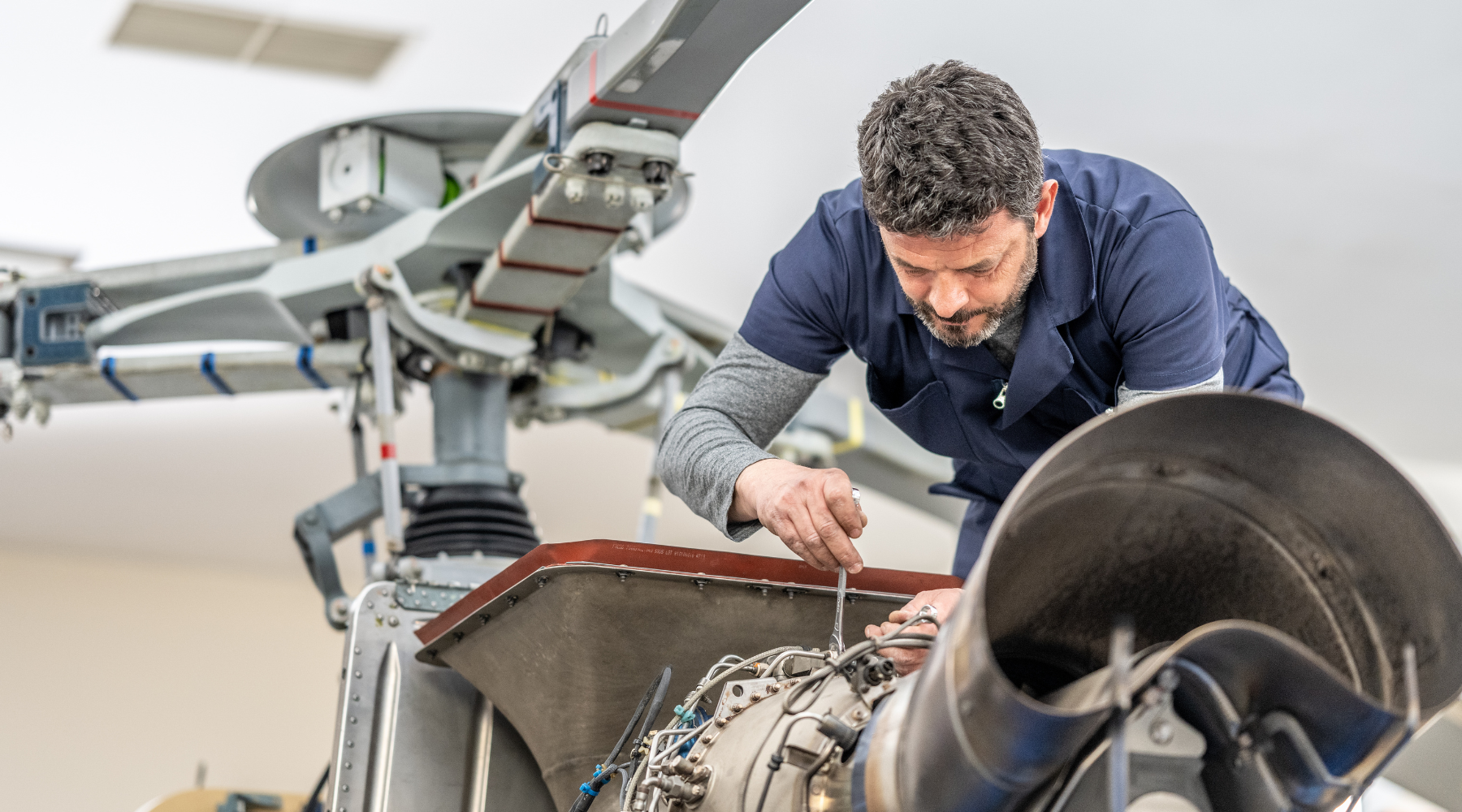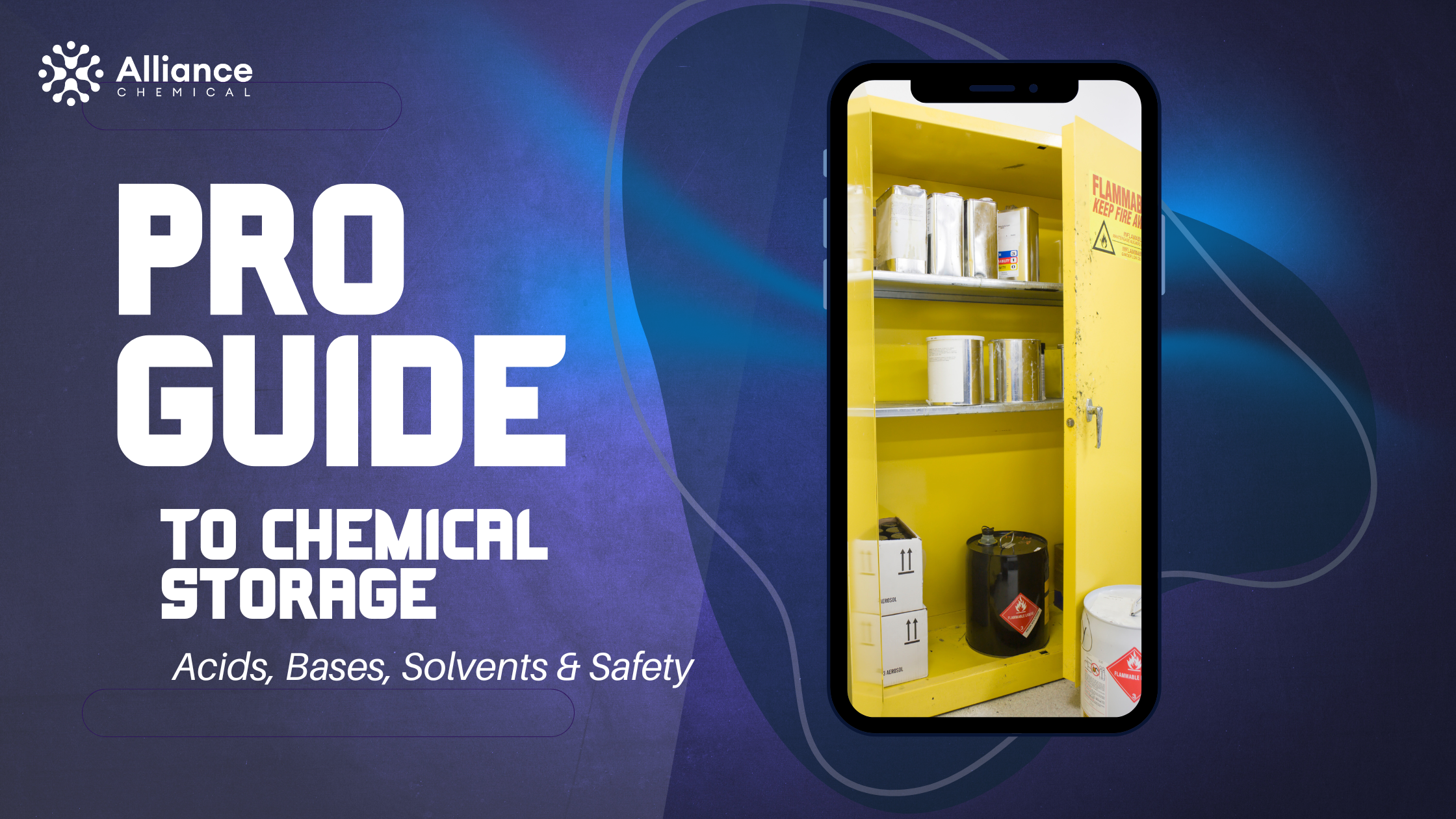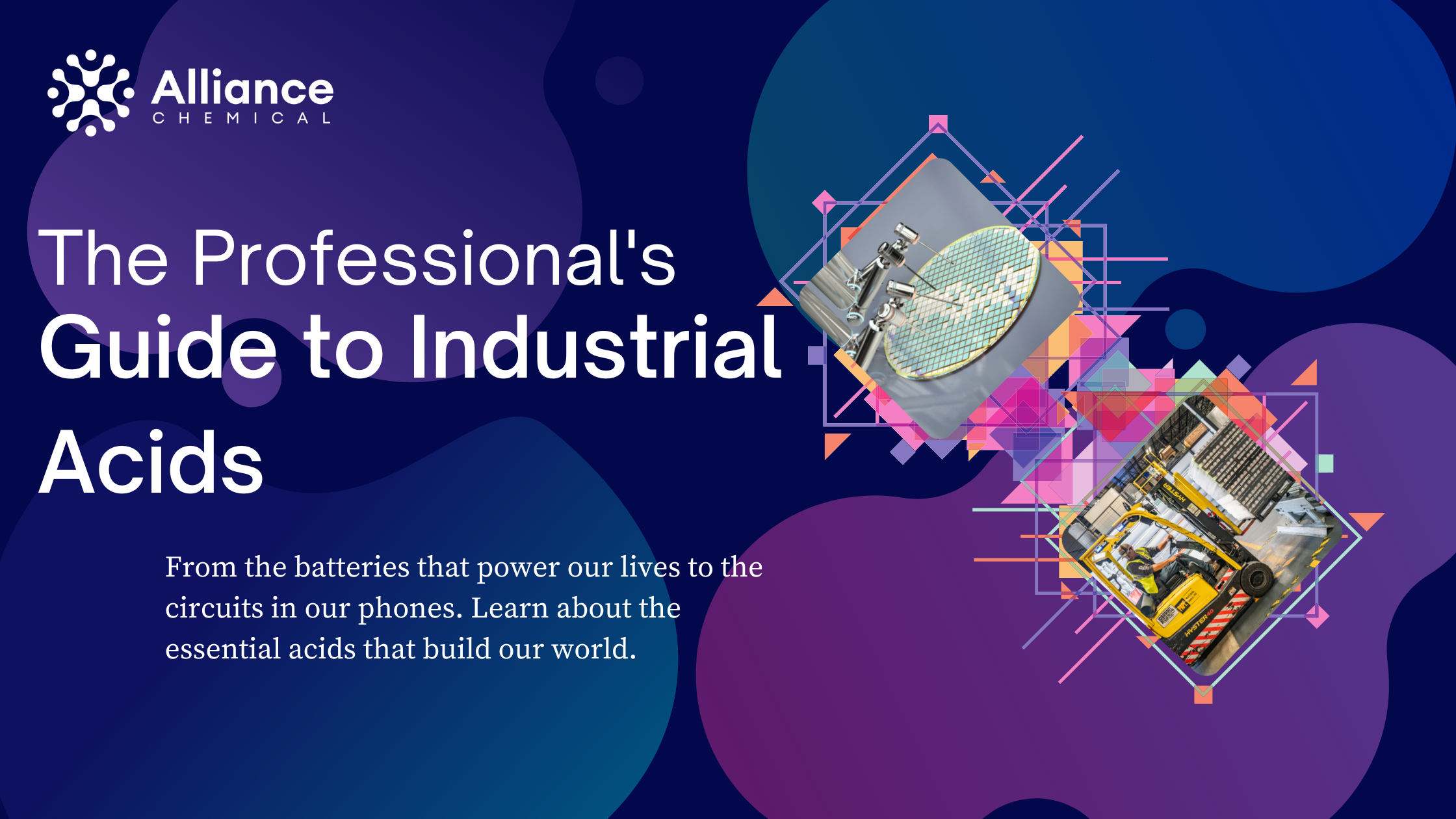
The Complete Guide to Cleaning Stone and Concrete Molds with Muriatic Acid: Tips, Techniques, and Professional Insights
Table of Contents
Summary
A Professional's Guide to Cleaning Stone & Concrete Molds
In the world of precast concrete, cultured stone, and architectural casting, the quality of the final product is a direct reflection of the condition of the mold. A pristine mold is the foundation of a flawless casting. However, the very nature of cementitious materials means that residue, laitance, and mineral buildup are constant challenges. This definitive technical guide explores the science behind effective mold cleaning, provides a detailed, professional-grade procedure for using Muriatic Acid, and covers the critical safety protocols necessary to protect your team and your equipment.
The Critical Importance of a Clean Mold
For professionals, an unclean mold isn't just an aesthetic issue; it's a direct threat to profitability and quality.
- Surface Imperfections: Even a thin layer of hardened concrete or release agent buildup will transfer directly to the next casting, creating blemishes, pitting, and a loss of fine detail.
- Dimensional Inaccuracy: Over time, residue buildup can alter the precise dimensions of a mold, leading to out-of-spec products.
- Reduced Mold Lifespan: Cured concrete is alkaline and abrasive. Leaving it in contact with mold surfaces (especially urethane or silicone) can accelerate chemical degradation and wear.
- Poor Curing and Demolding: Residue can interfere with the proper function of release agents, making demolding difficult and increasing the risk of damage to both the cast and the mold.
In short, a rigorous cleaning protocol is not an expense—it is a critical investment in quality control and asset protection.
The Chemistry of Cleaning: Why Muriatic Acid Works
To remove hardened concrete, you need to break it down chemically. Cured concrete is a composite material held together by a binder of calcium silicate hydrate, with significant amounts of alkaline calcium hydroxide (hydrated lime).
Muriatic Acid, the common name for an industrial grade of Hydrochloric Acid (HCl), is a powerful acid that excels at this task. When applied, it initiates a vigorous acid-base neutralization reaction with the alkaline components of the concrete.
Ca(OH)₂ (in concrete) + 2HCl → CaCl₂ (soluble salt) + 2H₂O (water)
This reaction dissolves the binder that holds the concrete together, turning the hardened residue into a soft, mushy substance that can be easily scrubbed and rinsed away. Its high reactivity and cost-effectiveness make it the industry standard for heavy-duty concrete and masonry cleaning.
A Step-by-Step Professional Cleaning Protocol
This procedure is for heavy-duty cleaning of robust molds (e.g., steel, fiberglass, heavy-duty polyurethane). Always test on a small, inconspicuous area first.
Step 1: Preparation and Safety Setup
- Work Area: Select a well-ventilated outdoor area on a surface that will not be damaged by acid (e.g., a gravel or dirt area, NOT a pristine concrete slab).
- Assemble PPE: This is non-negotiable. Put on your acid-resistant gloves, splash-proof goggles, full-face shield, and a NIOSH-approved respirator with acid gas cartridges.
-
Prepare Your Solutions: You will need three separate, clearly labeled, acid-resistant (HDPE) plastic buckets.
- Acid Solution: Start with 2.5 gallons of clean water. Slowly and carefully add 1 quart of 31% Muriatic Acid. ALWAYS ADD ACID TO WATER.
- Neutralizing Solution: In a separate bucket, mix 1-2 lbs of baking soda (sodium bicarbonate) into 2-3 gallons of water.
- Rinse Water: A bucket of clean water.
Step 2: Mechanical Cleaning
Before using acid, remove as much loose concrete as possible using non-damaging tools like plastic scrapers, rubber mallets, and stiff nylon brushes.
Step 3: Acid Application
Using a synthetic, acid-resistant brush, apply the diluted Muriatic Acid solution to the areas with hardened concrete. You will immediately see a fizzing or bubbling reaction. Let the acid work for 5-10 minutes, but do not let it dry on the surface. Reapply as needed to keep it wet.
Step 4: Scrub and Detail
While the acid is still active, use stiff nylon brushes to scrub the softened residue. The combination of chemical action and mechanical scrubbing will lift the concrete from the mold surface.
Step 5: First Rinse & Neutralize
Rinse the mold with clean water from your rinse bucket. Then, liberally apply the neutralizing baking soda solution over the entire mold surface. This will stop the acid's action completely and neutralize any remaining residue.
Step 6: Final Rinse and Dry
Thoroughly rinse the entire mold with a hose and clean water to remove all traces of acid and neutralizer. Allow the mold to air dry completely before storing it or applying a release agent for the next use.
Choosing the Right Cleaning Agent: A Comparison
| Cleaning Agent | Best For... | Pros | Cons |
|---|---|---|---|
| Muriatic Acid (HCl) | Heavy, cured concrete residue | Fastest, most powerful, cost-effective | Extremely hazardous, highly corrosive. |
| Phosphoric Acid | Light concrete residue, rust removal | Less aggressive than HCl, leaves a rust-inhibiting phosphate coating on steel molds. | Slower acting, more expensive. |
| Citric Acid | Light mineral deposits, efflorescence | Eco-friendly, biodegradable, much safer to handle. | Not effective on heavy, cured concrete. |
MANDATORY Safety Protocols for Muriatic Acid
Muriatic Acid (Hydrochloric Acid) is an extremely hazardous and highly corrosive chemical. It can cause severe chemical burns that can lead to permanent scarring, blindness, and respiratory damage. It must be handled with the highest level of care.
- Respiratory Protection is Essential: The fumes from HCl are highly corrosive to the respiratory tract. A NIOSH-approved respirator with an acid gas (AG) cartridge is mandatory.
- Full Personal Protective Equipment (PPE): Always wear heavy-duty acid-resistant gloves, splash-proof safety goggles, and a full-face shield. An acid-resistant apron or suit is required.
- Ventilation is Critical: ALWAYS work outdoors or in an area with dedicated, high-volume mechanical exhaust ventilation.
- Never Mix: Never mix Muriatic Acid with bleach or other cleaning chemicals, as this can produce deadly chlorine gas.
- Storage: Store in a cool, dry, well-ventilated area away from incompatible materials. The container must be clearly labeled and in secondary containment.
